by Ken Lain, the mountain gardener
The days grow short as we move into the last of the 2019 gardening season. This is a time to relax, sip tea while warming our feet by the fire, and reflect on our garden successes and near misses. But there still are some things to watch for in December, so here are seven gardening to-do categories for closing down this year’s garden and ensuring healthy plants through the winter.
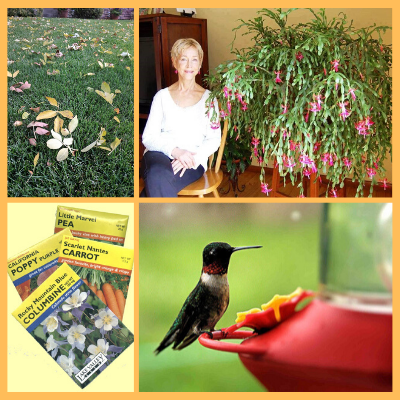
.
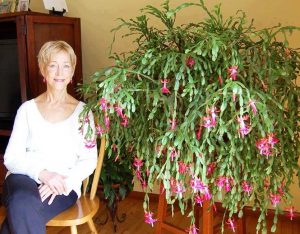
#1 HOUSEPLANT CARE
- Watch closely for flying fungus gnats in the house or greenhouse; they kill houseplants. Treat with ‘Systemic Granules’ at first sign of trouble.
- Reduce watering of houseplants as light levels drop.
- Check that houseplants are getting enough light – most do best on a sunny windowsill.
- Cacti and succulents need a period of dormancy over winter, so keep them barely moist and do not feed. Resume watering and food in spring with Watters Root & Grow.
- Plant amaryllis bulbs.
- Cyclamens prefer a cool room and being watered through the bottom of the pot.
- Poinsettias should be kept in a warm room and away from drafts to ensure they last as long as possible.
- Put indoor hyacinths in a cool room. If they become too warm the flowers will be short-lived.
- If Christmas cacti fail to set buds they may be too warm or the plants are receiving too much artificial light. If so, try moving them to a cooler room, near a window.
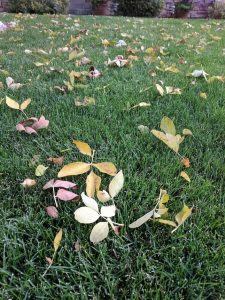
#2 LAWN CARE
- If winter is mild, grass will continue to grow; if so, it may be necessary to give the lawn a trim. Make sure mower blades are set at 1.5 – 2 inches high.
- Once you have completed the last cut make sure the mower is clean and dry before storing. Remember to drain fuel as unleaded gas doesn’t keep and may cause issues when beginning the next mowing season. Consider servicing the mower and sharpening blades for next year.
- Continue to rake fallen leaves off lawns so they don’t block out light and air to the grass.
- Avoid walking on the grass on frosty mornings as it can damage or blacken the grass.
- You can still apply Watters 7-4-4 ‘All Purpose Plant Food’ as a lawn food. It is high in potassium and phosphorous which helps to harden the grass and build a strong root system.
- Re-cut all edges for a crisp clean appearance.
- Check for waterlogged spots on the lawn.
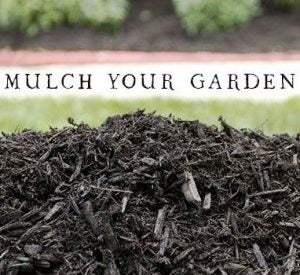
#3 IN THE GARDEN
- Remove fallen leaves from lawns, borders, and ponds.
- Raise containers by using ‘pot feet’ to prevent water logging.
- Improve clay soils by incorporating organic matter like composted mulch and barnyard manure.
- Move trees and shrubs that are growing in unsuitable/undesirable places. If they have been growing for several years be sure to remove a large enough root ball to avoid root disturbance.
- Protect not-so-hardy plants with protective mulch.
- Deer, rabbits, and squirrels can be a problem in winter months. Use tree guards to prevent bark from being gnawed.
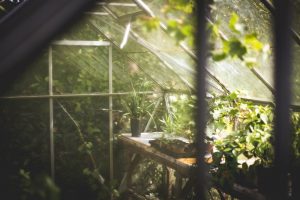
#4 GREENHOUSE
- Remove the last of spent crops, then clean and disinfect the greenhouse.
- In addition to a heater, insulation may be needed to keep the structure frost-free.
- Regularly inspect plants for pests and diseases.
- Invest in a Max/Min thermometer for accurate monitoring of temperatures.
- Don’t forget that ventilation may be required during warm autumn days.
- To discourage fungal diseases, try not to wet leaves when watering.
- Remove yellowing and dead leaves, and faded flowers to prevent the development of diseases inside the greenhouse.
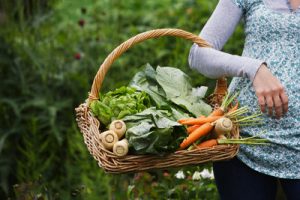
#5 VEGETABLE GARDEN
- Stake any Brussels sprouts stalks that are leggy and, therefore, vulnerable to wind damage.
- Remove plant debris to help prevent the spread of disease.
- Turn over vacant areas and add Premium Mulch and Barnyard Manure to prepare soil for planting next year.
- Parsnips can be left in the ground until needed.
- Prune apple, pear, and quince trees and grape vines.
- Continue to harvest turnips, swedes, parsnips, celery, Brussels sprouts, and beetroot.
- Regularly check stored apples and persimmons.
- Plant new fruit trees.
- Prune autumn raspberries.
- Prune red and white currants and gooseberries.
- Tie up new tiers on espaliers.
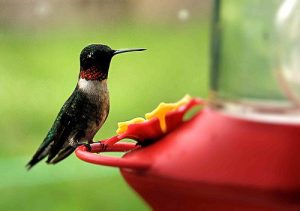
#6 WILDLIFE & BIRD CARE
- Hummingbird feeders should be left out as long as birds are active.
- Refill bird feeders. All foods, including peanuts, are safe as the breeding season is ended.
- Clean out birdbaths and bird feeders.
- Prevent birdbaths from freezing and/or forming surface ice.
- Make a leaf pile for hibernating mammals and ground-feeding birds.
- Dig a wildlife pond.
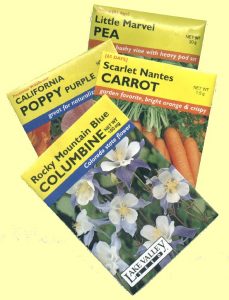
#7 Odds & Ends
- The 2020 seeds have arrived at the garden center, so it’s time to look through catalogs, plan gardens, and order seeds for next season.
- Place fallen leaves on the compost pile for rotting down into leaf mold. Shredding or mowing the leaves will speed up the composting process.
- Dig new garden spaces for next year; this will expose pest eggs and larvae to birds and frost.
- Make sure all winter protection is in place to help plants and exposed irrigation components should the worst-possible winter weather become a reality.
Until next week, we wish you and your gardens a thankful and blessed season.
Ken can be found throughout the week at Watters Garden Center, 1815 W. Iron Springs Rd in Prescott, or contacted through his web site at WattersGardenCenter.com or FB.com/WattersGardenCenter .


I have tried everything this spring season to keep bees off my hummingbird feeders. No luck. I even bought feeders that were suppose be bee free no luck. I love my humming birds what do I do.
The Bee’s are very beneficial to pollinate the other plants treat them as friends also.
Agree!